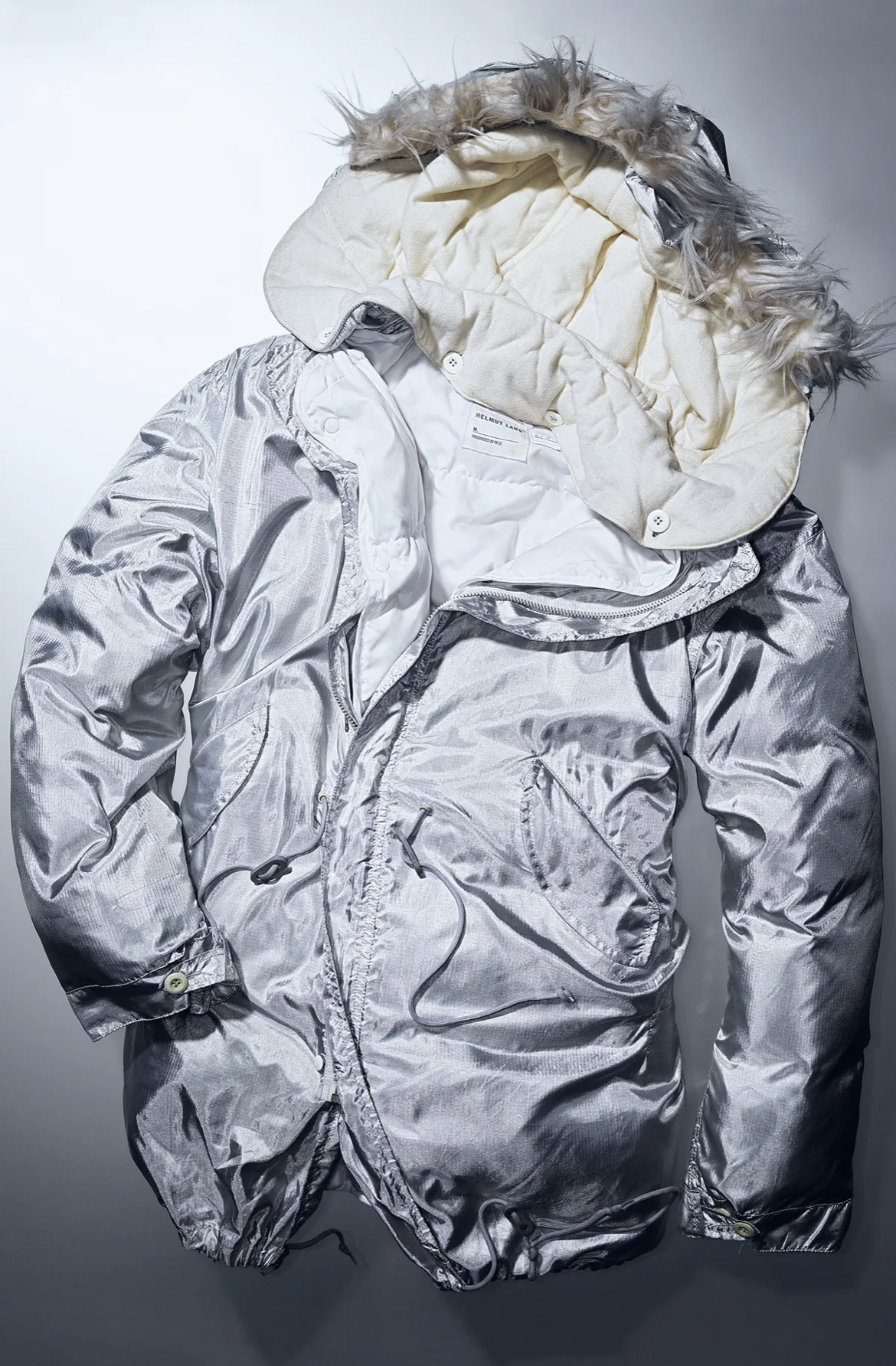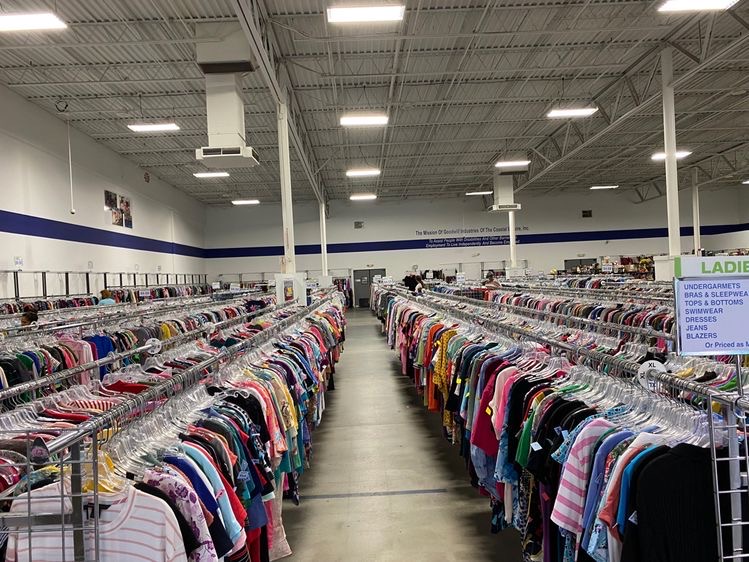Attractive for a variety of reasons: sustainable, affordable, and offering quality clothing- Thrifting has increasingly picked up traction in recent years, whether through online retailers or in-person stores, the appeal of vintage clothing never seems to go out of style.
Globally, fashion is one of the most environmentally unfriendly industries to exist, millions of pounds of clothing and textile waste end up in landfills every year, provoking some to buy into a more sustainable practice -thrifting. Like reducing plastic waste or turning off the lights, many sustainable consumers are choosing to buy their clothes pre-worn in order to keep clothes out of the landfill while simultaneously discouraging factory waste.
Furthering the persuasive appeal of a thrift store, as malls die out and all that’s left is overpriced fast fashion, a thrift store offers a wider variety of styles and sizes, and most prominently- at a more affordable price. Making it an enticing alternative to classic department stores. Thrifting has become seemingly more mainstream as of recently, whether for its positive environmental effects or its convenient prices.
Aside from affordability and sustainability, there was once a time when clothing was made to a much higher caliber of craftsmanship, in turn, many consumers look to the past for durable, quality, and long-lasting closet staples. While typically far from being an affordable alternative, retailers like Vestiaire Collective offer vintage luxury finds. Because these quality staples were made in a time when more emphasis was put on craftsmanship and details, they are guaranteed to last, something not always guaranteed among brands today.
Taking on the guise of “archival fashion”, 90s-2000s pieces from designers like Helmut Lang and Yohji Yamamoto sell for thousands, if not more, on websites like Grailed and eBay. Allowing devoted vintage enthusiasts to buy often one-of-a-kind pieces. While typically requiring significant funds, this practice still rejects the idea of being “new”, and instead promotes buying long-lasting investment pieces.

Such aforementioned retailers in addition to sites like TheRealReal, and 1stDibs bring vintage finds right to your screen, making it just as easy to buy as any other clothing retailer.
Whether you’re shopping online or in-person, undoubtedly, while looking for your next purchase you will also encounter a graveyard of once sought-after trends now deemed outdated. But in time everything comes back around in the fashion trend cycle, and when it does the thrift store is a reliable place to look.
In 2003, lowrise jeans, shoulder bags, vests, and oversized belts were seen on magazine covers, on red carpets, and on the runway, marking the trends of the decade. Those who once picked up these trends in the malls of 2003, have probably long donated the clothing of their 2000s. And as the 20-year trend cycle goes, now, in 2023, it’s not uncommon for trend followers to sport lowrise jeans, cargo pants, or trucker hats once again. 20 years is just the perfect window of time for the long donated clothes of 2003 to be scooped up for $5.99 in thrift stores today by a second generation of trend-followers.
Whether it’s the emphasis on sustainability sweeping the world, accessible prices, or because of a love for vintage, thrift stores have experienced a resurgence in popularity over the course of the past five years- one that happens to be beneficial for the environment.


